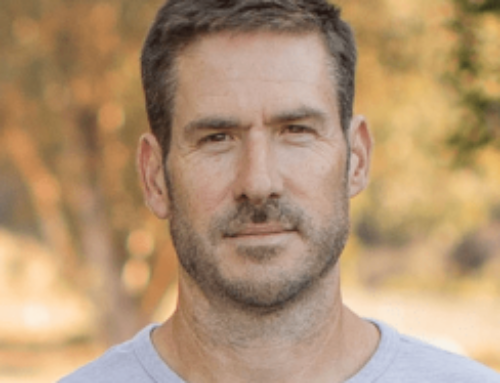A rapid plunge in U.S. interest-rate volatility is heaping pain on a popular Wall Street approach for hedging against financial market turmoil.
In recent years, major banks have been building and selling protective quantitative investment strategies (QIS) tied to long-term expectations for swings in interest rates. The products — systematic trades packaged up as swaps for the likes of hedge funds and pensions — provide a form of insurance against major economic risks.
Many of the strategies have centered on what are called 10-year/20-year swaptions — 10-year options that allow investors to enter 20-year interest-rate swaps. They’re a protective tool against rate swings that also provide a measure of what volatility the market expects.
With asset swings growing more muted across the board, volatility priced into those swaptions is set for the steepest monthly drop since November 2023, according to data compiled by Bloomberg. That means a slew of QIS built to profit from any spike in the contracts have posted average losses of 2.6% this month, according to data from LumRisk.
It may not sound like much, but in the worlds of interest rates and QIS, it’s a big move. As it quickly turns defensive positions into a source of pain, strategists at Barclays Plc have described the plunge in expected volatility as a “volmageddon.”
“Most banks with a QIS franchise have clients invested in long USD 10y20y rates vol positions,” said Stuart Ferguson, head of asset solution sales for UK and MENA at Deutsche Bank. “The selling point of this strategy is a tail-risk hedge with a broadly flat carry profile – protecting portfolios from existential risks.”
He puts the sudden drop in long-end rates volatility down to investors unwinding positions they used to hedge trades in mortgage-backed securities.
While technical reasons may be behind the outsized moves, volatility has broadly declined across markets from stocks to currencies amid expectations that continued rate cuts from the Federal Reserve will cushion risk appetite and the US economy. Barclays strategists led by Amrut Nashikkar said there seems to be less focus on US fiscal deficits, while Fed Governor Lisa Cook’s appearance in the latest meeting might also have alleviated anxiety around central bank independence.
“One longer-term view as to why this has happened is TACO,” said Anthony Morris, head of quant strategies at Nomura, referring to the acronym for the term Trump Always Chickens Out. “The market seems to believe that when markets get bad, Trump will find a way to back down. And in such an environment many of the fast-money players don’t want to own vol.”
Buying long-dated rates volatility has offered more than a hedge in recent years. A technical quirk made the trade especially appealing because short-term rates volatility exceeded longer-term volatility. That allowed investors to profit from the passage of time by simply holding onto the latter.
Now even that carry advantage is fading as volatility on the shorter end of the curve has also declined.
Bank of America’s MOVE Index, which tracks expected interest rate volatility, fell last week to its lowest point in nearly four years. In Europe, similar contracts tied to euro interest rates are headed for their sharpest monthly drop in a year.
The big moves have drawn attention to whether further deleveraging will come from the QIS complex, where the exact performance of each product will vary depending on how it’s built.
At the long end, the collapse in volatility may not continue because the related QIS products haven’t seen mass liquidations, reckons Ferguson at Deutsche.
“Even putting a trade on that would be slightly carry negative over time is still a good idea if it means that you’re hedged against risks such as the US not being able to pay its debts or a government in Europe going through turmoil,” he said.

